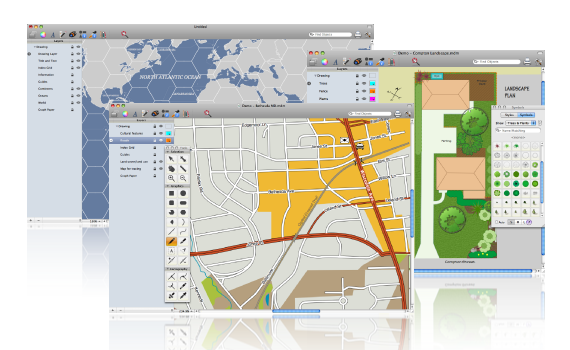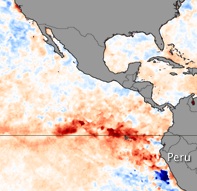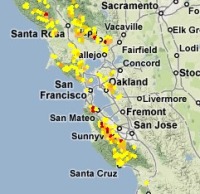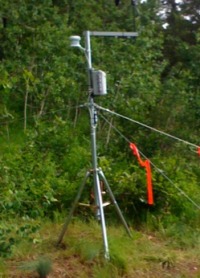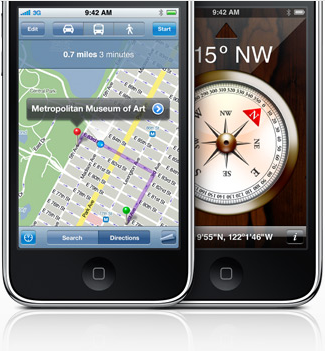 I am collecting information on the costs and benefits of lidar primarily in forest research/management. Since lidar is still in the research phase in many forest applications (although there are some operational aspects to the technology), we get questions about the relative costs of lidar vs. fieldwork. I am collecting information here.
I am collecting information on the costs and benefits of lidar primarily in forest research/management. Since lidar is still in the research phase in many forest applications (although there are some operational aspects to the technology), we get questions about the relative costs of lidar vs. fieldwork. I am collecting information here.
There is more information on the cost-benefits of lidar for topographic mapping and construction. See for example the blog from Merrick. State-wide mapping (e.g. NC), coastal mapping and floodplain mapping clearly see a benefit in increased accuracy and coverage from using lidar over more traditional surveying methods. See an example here from the USGS; Greg Snyder also has some nice graphics in a presentation at ASPRS available here.
For forestry applications, however, there is less information on the relative costs of lidar vs field capture. Tree attributes such as height, dbh (diameter at breast height), height to live crown, species, age, location, basal area, volume, biomass growth and leaf area index have been measured in the field in forest plots for over 100 years. Many of these attributes can be measured directly using LiDAR data, and some can be inferred from lidar data. Stand attributes such as age, trees per hectare, mean diameter and height, dominant height, volume per hectare, form factor, annual increment per hectare and growth have also been estimated from individual plot data for some time. Again many of these can be measured from processed LiDAR data. Accuracy, which is usually estimated by comparing ground data from a series of plots with lidar values, varies with species, density, topography, lidar equipment. For example, in our SNAMP project, preliminary analysis shows r2 of 0.78 for tree height, and 0.65 for dbh. A clear technical advantage of lidar is the ability to completely inventory the forest, instead of collecting a sample of plots that might not be representative of forest heterogeneity. The derived data products that come from lidar can easily be used at multiple scales (and resolutions) as direct inputs to fire models and environmental niche models. The field plot-based approach requires interpolating between these sampled plots to generate a continuous surface.
But as for costs, there are few solid comparisons. The cost of lidar includes aquisition, field data collection, and processing, which includes software and hardware as well as personnel. These can add up. Most comparisons of lidar vs. field alone concentrate on the technical advantages highlighted above. One exception is Renslow et al. (2000) who claim that for a typical even-aged, managed forest of 500,000 acres where in each year, 2% of 10,000 acres (200 acres) are sampled to determine what management steps are needed, cost savings with lidar would be $15,400 annually. I think this is overly optimistic, as it only includes 2 weeks for analysis. Our SNAMP analysis (albeit over a much larger area) takes considerably longer.
So, in proto-conclusion, I think the advantage of lidar is clearly in its accuracy and coverage, and these outweigh any cost savings that a fast and cheap field campaign might provide. Still, I will come back to this topic later with more analysis from our SNAMP project.
